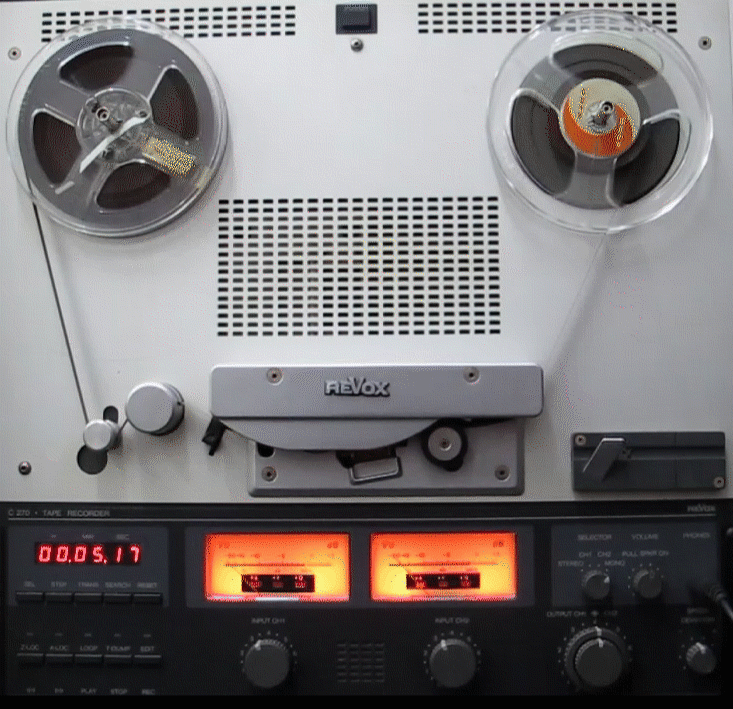Overview of Archiving Guides and Technical Workflows

Last updated: 06 June 2024
These archiving guides and technical workflows are designed to help people with different goals and different skill levels. If there is a topic you want to know about, but the information is not contained on these pages, feel free to reach out to us at PARADISEC and we will do our best to help.
If you are just starting out and would like to know how to begin the process of archiving with PARADISEC these guides can help you get your materials in order.
Getting started with PARADISEC
- How to become a PARADISEC user
- How to become a PARADISEC depositor (How to start a new collection with PARADISEC)
- Archiving materials that come from analogue sources vs archiving born-digital materials
- File-naming requirements for PARADISEC
- File formats we accept
Metadata & Data management
- File-naming requirements for PARADISEC
- Metadata entry with PARADISEC-formatted spreadsheets
- Metadata entry with LaMeta
The following guides offer suggestions for when you are creating content for archiving. This includes suggested camera/audio recorder settings when you are recording in the field, or instructions for those who are looking to digitise text material such as field notebooks.
PARADISEC adheres to the current best-practice standards for audio and video archiving as set by the International Association of Sound and Audiovisual Archives (IASA).
Standard formats for data collection and archiving
- Standard archival formats
- Camera settings (frame rate, file formats)
- Audio settings (sample and bit rates)
- Recorders
Digitising manuscripts & Field Notebooks
- Photo stands/tripods and lighting
- Remote capture using computer and camera
- Post-production processing of images
If you are interested in audio-visual processing these guides can help.
Audio digitising of analogue tapes
- Digitising audio cassette tapes
- Digitising reel-to-reel tapes
Audio procesing of born-digital files
- Resampling audio to meet PARADISEC archiving standards
- Creating stereo track from mono track
Video processing with FFmpeg
- Quickly make batch changes to video or audio files
- Transcode videos with settings not available in Adobe ME presets
- Handle video with problematic properties
Video processing with HandBrake
- Free, open source video transcoding tool
- Uses FFMpeg libraries “under the hood”
- Simple GUI with many presets to choose or customise
Video processing with Adobe Media Encoder
- Create lossless JPEG2000 .MXF video files for archiving with PARADISEC (archival copy)
- Create well-formed .MP4s for access copies or fit-for-purpose copies
- Handle video with problematic properties for lossless MXF format
Quality control
- Add quality checking into your workflow
- Explore software including MediaArea’s open source suite of tools
- Check both audio and video files
CoEDL has released a set of guidelines for improving communication access for deaf and hard of hearing people. This page offers a simple but effect workflow for integrating captioning and/or sign laguage interpreting.
Improving communication access for deaf & hard of hearing people
- General tips for improving communication access
- Ideas for captioning video presentations, both during and after an event
- Tips on organising & working with a sign language interpreter
⬆️ Back to top
Development of this documentation was generously funded by the ARC Centre of Excellence for the Dynamics of Language (CoEDL)

This work was created by Julia Colleen Miller and is licensed under a Creative Commons Attribution-NonCommercial-ShareAlike 4.0 International License.